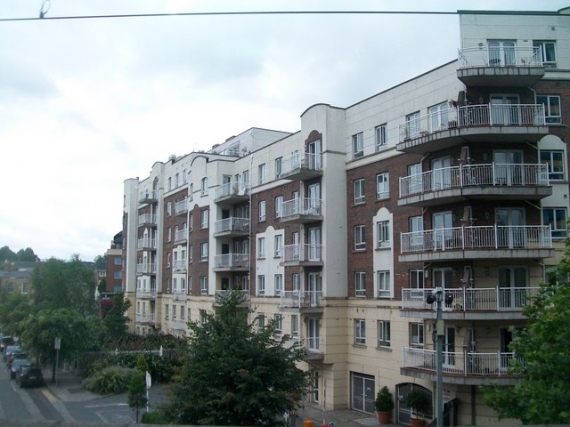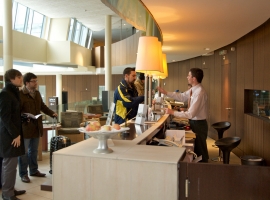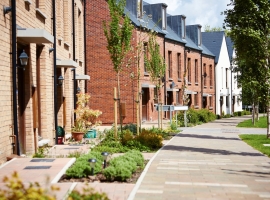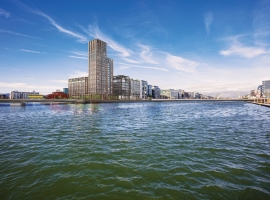
The latest Quarterly Rent Index from the Residential Tenancies Board (RTB) over the year from Quarter 1 2016 to Quarter 1 2017, shows that private sector rents continued to grow in the first quarter of 2017, increasing by 7.37%.
The Index shows that while rents continue to trend upwards, quarter on quarter growth was relatively flat, increasing by 0.1%. This is down from 2.8% the previous quarter. The standardised average national rent is now €987 per month, which is up €1 on the fourth quarter of 2016.
Trends in private sector rents in Dublin and outside Dublin appear to be mixed once again, illustrating the diversity of the rental market across the country. Rents in Dublin and surrounding commuter counties are amongst the highest relative to the national average, with parts of Cork and Galway cities also above the average.
The index shows that rents in Dublin declined this quarter by 1.5%, driven primarily by a fall in rents for Dublin apartments. Private rents for houses continued to rise in this quarter albeit marginally, by 0.1%. For apartments, there is evidence of a moderate slowdown in the pace of expansion; year on year growth dropped from double digits down to 7.9%.
On an annual basis across houses and apartments, rents continued to grow, increasing by 7.37% from first quarter 2016 to quarter 2017, with Dublin rents now at 8% above their previous peak in the fourth quarter 2007.
Outside Dublin, rents for houses and apartments continued to grow on a quarterly basis, resulting in an overall growth of 1.3% in private sector rents. Annual growth increased by 7.6%, a trend, which is observed for houses and apartments, which increased over the year by 7.5% and 7.2% respectively. Rents are still 8% below their peak levels in 2007, however, the margin between the two is shrinking each quarter.
Based on the rental data of this latest Rent Index, no additional parts of the country meet the criteria to be designated as Rent Pressure Zones. There are currently 19 RPZs in the State including the four Dublin Local Authorities and Cork City.
The Minister for Housing, Planning, Community and Local Government, Mr. Simon Coveney, yesterday announced the launch of a public consultation on the review of the Rent Predictability Measure and the system of Rent Pressure Zones introduced in December last. Submissions received from the consultation process will feed into the review of the measure, which is currently underway.
Commenting on the findings of the report, the Director of the RTB, Ms. Rosalind Carroll said, "This Index relates to the January to March period of 2017, and therefore is the first rent index looking at the period since rent pressure zones were first introduced. The rent Index will be an important tool to monitor the impacts of the new measure."
She added, "The findings for the first quarter do suggest that the rate of increase in private rents is moderating. However, the rental market is still volatile and it is too early to determine if this moderation is a trend. We would like to see similar findings over consecutive quarters in order to identify trends."
Source: www.businessworld.ie

















